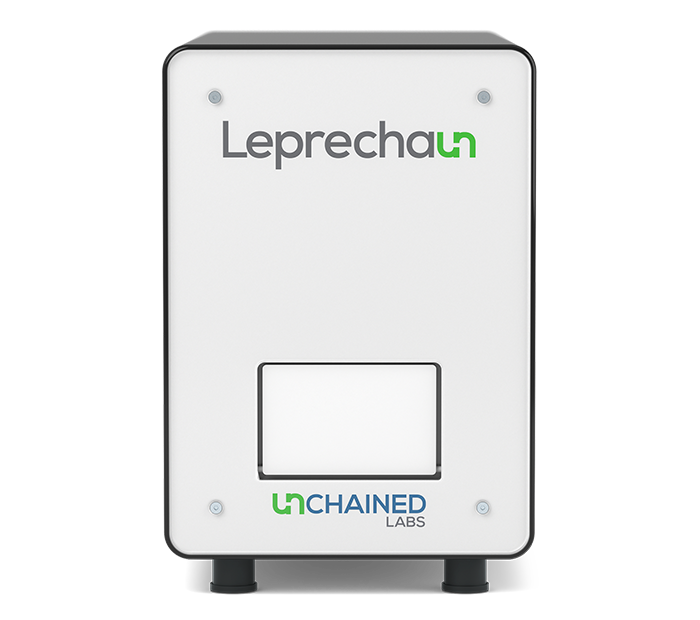lentivirus titer and structure
The problem
Lentivirus samples are super complex, making them tricky to analyze. This makes quick and easy monitoring of batch quality from crude all the way through the purification process a major challenge for rapid process development. On top of that, increasing focus from regulators on the need for analytical development and product characterization for lentivirus-based therapies makes understanding exactly what's in your lentivirus batch more important than ever.
Current lentivirus analytical methods are limited in their ability to fully characterize crude virus, making it impossible to get accurate lentivirus titer determination, see if RNA is present, and monitor aggregation in early-stage samples. The p24 ELISA is the most common method for measuring physical lentivirus titer, while qPCR provides genomic titer. Both techniques only focus on one structural part of the virus - capsid or RNA. They also can't handle unpurified samples with high levels of cellular contaminants and soluble p24. These assays leave you with a rough idea of how much p24 and RNA is in your prep but no clue as to whether they actually form viruses.
Technologies based on non-specific particle analysis offer an alternative to ELISA for physical lentivirus titer determination. These platforms can detect and count individual particles but make assumptions on their identity and content without directly checking what's inside or on the surface.
The right tool for the job
Leprechaun is the only platform to serve up complete biophysical characterization of individual lentivirus particles, whatever the pseudotype, at each stage of the production process - without any purification needed. Simultaneously measure viral titer, viral size and check whether each particle has a capsid and RNA, all the way down to 1x107 particles/mL. Leprechaun IDs the best preps so you can leave the trash behind.

The proof
Get the whole story
Capturing lentiviruses, via their envelope protein, on the surface of the Luni consumable means you can be confident your lentivirus titer isn't being skewed by junk present in crude samples. Leprechaun uses interferometry to size up captured particles one-by-one, between 35 and 200 nm. Fluorescence microscopy then shows off exactly which particles are the lentiviruses you're after - the ones that are the right size, have the correct envelope protein, a p24 capsid and contain RNA. Everything else is either damaged, incorrectly assembled virus or aggregates. Monitor viral stability by tracking aggregation and the structural make-up of your lentiviral particles at every step.

Find your best batch
Check on your lentivirus at any time with Leprechaun, from crude samples straight out of the bioreactor to purified virus ready to use for cell therapy manufacture. Leprechaun shows you which batches have the highest quality starting material so you can focus in on the best preps from the get-go.



Leprechaun
Leprechaun is the only system that hunts down titer and structure for viruses and exosomes without worrying about sample purity. Triple-check lentivirus particles to be sure they are the right size, have the right structure and contain RNA - in both crude and pure samples. Uncover exosome concentration and phenotype in everything from cell culture to biofluids. Make your own luck and follow Leprechaun straight to the viral titer or exosome concentration you've been looking for, without the noise from trickster particles throwing you off the trail.
Want more info?
Want to learn more about how Leprechaun delivers lentivirus titer and structure info in a flash?


